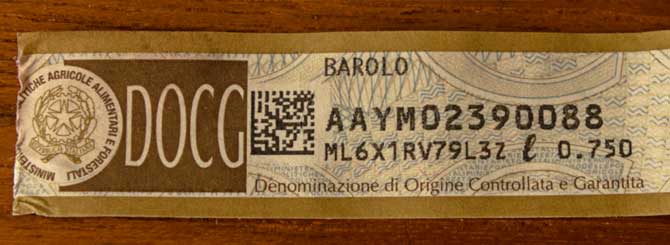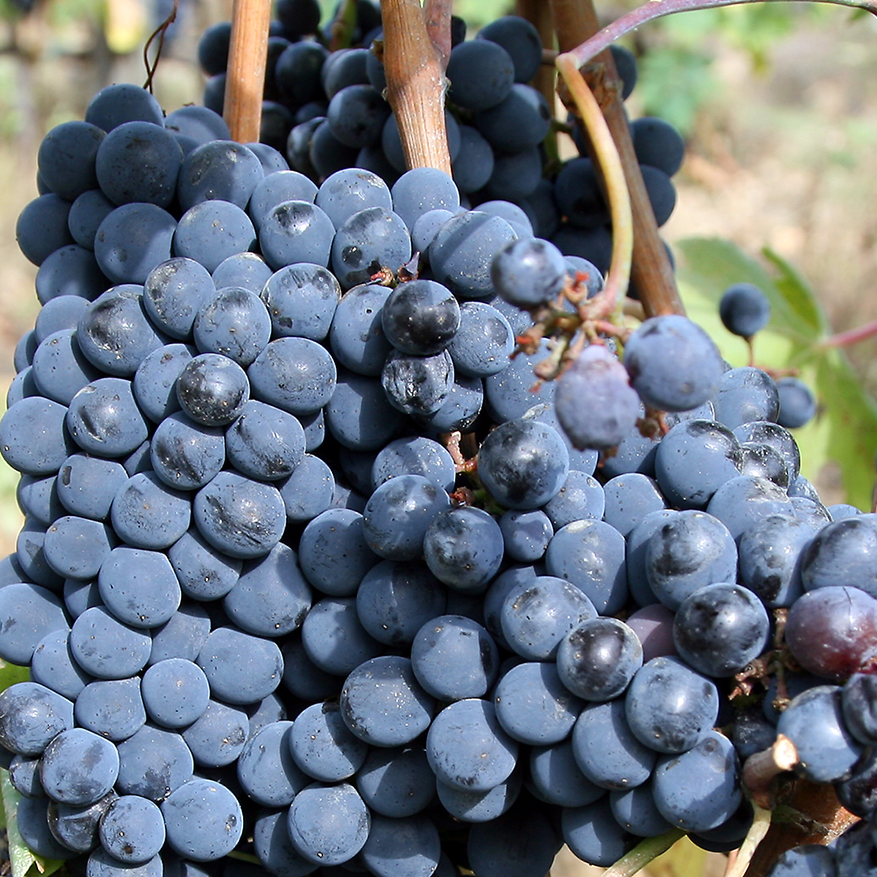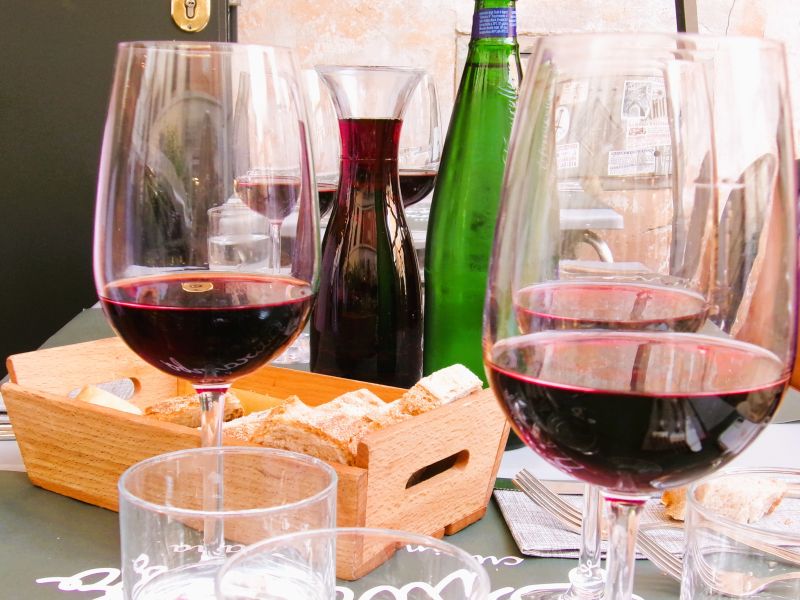Chianti wine is more than just a name on a bottle—it’s the liquid heart of Tuscany. From its DOCG designation to the sun-soaked hills where Sangiovese grapes thrive, this guide takes you on a rich journey through the history, varietals, regions, and tasting tips that make Chianti a global treasure.
What Is Chianti Wine?
Chianti is a red wine primarily made from Sangiovese grapes, grown in the rolling hills of Tuscany, Italy. Known for its medium body, bright acidity, and notes of cherry, herbs, and earth, Chianti has evolved from rustic table wine to a symbol of Italian winemaking excellence.
Chianti isn’t just one type of wine—it’s a region, a classification, and a style, all wrapped into one. Understanding Chianti means understanding how Italian wine laws, geography, and tradition intersect.

What Does DOCG Mean?
YThe label DOCG stands for Denominazione di Origine Controllata e Garantita, Italy’s highest wine quality designation. It guarantees:
- Wine made from grapes grown in a specified region
- Controlled winemaking practices
- Verified quality testing before bottling
Chianti was one of the first Italian wines to receive DOC status in 1967 and was elevated to DOCG in 1984, solidifying its place as a national treasure.

The Chianti Wine Region Explained
TThere are five primary styles under the Chianti DOCG umbrella. Each reflects a unique terroir and aging process:
1. Chianti DOCG
This general designation covers wines from the broader Chianti region. These are approachable, everyday wines with bright red fruit, light tannins, and food-friendly acidity.
- Tasting Notes: Cherry, plum, subtle spice
- Try: Ruffino Chianti, Banfi Chianti
2. Chianti Superiore DOCG
Produced under stricter regulations, Superiore wines must come from specific sub-zones and meet higher aging and alcohol standards. They’re a step above in quality but still very drinkable.
- Tasting Notes: Ripe red fruit, balanced oak, smoother tannins
- Try: Da Vinci Chianti Superiore
3. Chianti Classico DOCG
This is the historic heart of Chianti winemaking, covering a specific area between Florence and Siena. Wines from Chianti Classico must contain at least 80% Sangiovese and meet stricter production standards. They are known for complexity, structure, and aging potential.
There are three aging categories within Chianti Classico:
- Annata – Aged at least 12 months
- Riserva – Aged at least 24 months
- Gran Selezione – Introduced in 2014, this top-tier classification requires the wine to be estate-grown and aged for at least 30 months. Gran Selezione represents the pinnacle of Chianti Classico quality.
- Tasting Notes: Dried cherry, herbs, earthy tones, firm tannins
- Try: Castello di Ama Chianti Classico, Ricasoli Brolio Riserva, Marchesi Antinori Gran Selezione
4. Chianti Rufina DOCG
One of the few named subzones outside of Classico, Rufina is known for its higher elevation and cooler climate, producing more elegant, age-worthy wines.
- Tasting Notes: Red currant, minerality, fresh acidity
- Try: Selvapiana Chianti Rufina
5. Chianti Colli Senesi DOCG
This sub-region covers the hills around Siena and is known for producing fruit-forward, softer Chiantis that are more approachable young.
- Tasting Notes: Blackberry, violets, round finish
- Try: Fèlsina Chianti Colli Senesi
Grape Varietals in Chianti
The Sangiovese grape is the heart and soul of Chianti. It’s naturally high in acidity and tannins, making it perfect for pairing with food, especially tomato-based Italian dishes. While Chianti must contain at least 70% Sangiovese (and 80% in Classico), many producers go higher or use 100% Sangiovese for purity. Other permitted grapes are:
- Canaiolo – Adds softness and floral notes
- Colorino – Boosts color and tannins
- Cabernet Sauvignon or Merlot – (In some modern blends, especially “Super Tuscans”)
Still, traditionalists prefer 100% Sangiovese or classic blends that highlight the grape’s bright cherry, leather, and earthy tones.

A Quick History of Chianti
Chianti’s story begins in the 13th century, when it was a white wine! By the 1700s, the red blends became dominant, especially with Sangiovese at the core.
In 1716, the Grand Duke of Tuscany issued the world’s first legal wine region designation—centuries before the French AOC system. By the 20th century, Chianti was mass-produced in straw-wrapped bottles (fiaschi), which hurt its reputation.
The modern revival came in the 1980s–2000s, as stricter DOCG laws and a focus on quality transformed Chianti into one of Italy’s most respected wines again.
Look for the iconic black rooster (Gallo Nero) seal on bottles of Chianti Classico—it’s a symbol of heritage and authenticity.

How to Enjoy Chianti Wine
Chianti pairs beautifully with classic Italian cuisine:
- Tomato-based pasta dishes like Pasta all’Amatriciana
- Roasted meats and grilled vegetables
- Aged cheeses like Pecorino Toscano
- Pizza with mushrooms, sausage, or herbs
Serve Chianti slightly below room temperature (around 60–65°F) in a wide glass to let its aromas open up. Decanting a Riserva or Gran Selezione for 30–60 minutes can enhance its complexity.
Where to Buy and Taste Great Chianti
Some of the best producers include:
- Castello di Ama
- Fontodi
- Isole e Olena
- Ruffino
- Fèlsina
You can also plan a wine-tasting tour in Chianti, stopping at charming medieval towns like Greve in Chianti, Radda, and Castellina, where vineyards stretch for miles and tastings often include olive oil, bread, and local salumi.
Why Chianti Belongs in Your Wine Rack
Whether you’re a seasoned wine lover or just beginning your journey, Chianti is a must-have. It reflects the soul of Tuscany, offering elegance, food-friendliness, and rich tradition in every bottle.
Buying a bottle of Chianti Classico DOCG Riserva is like taking a piece of Tuscany’s rolling hills and ancient history home with you.
